18
2025
-
07
Stretch film “not sticky enough” or “too sticky”? Understand the secret of stickiness in this article
Author:
Chinafilm Group
Introduction: The impact of stretch film adhesion is more than just packaging effects
In modern logistics and packaging industries, stretch film is widely used for packaging, securing, and protecting goods. However, have you ever encountered situations like these:
- The film starts to "rebound" as soon as it is wrapped, and it simply won't stick;
- Or the film sticks tightly together when pulled apart, making it difficult to unfold;
- Worse yet, during transportation, the film comes loose, the goods tilt, and heavy losses occur?
Behind this, it is likely that the "adhesion" has gone wrong.
The adhesion of stretch film seems simple, but it is actually quite complex. This article, by [Chinafilm Group], comprehensively reveals the principles of stretch film adhesion, the causes of common problems, and provides practical film selection suggestions and solutions to help you accurately select films, reduce losses, and improve efficiency.
I. Three Principles of Stretch Film "Adhesion"
1. Self-Adhesion: "Sticking" to itself through surface molecular adsorption
The "self-adhesion" of stretch film mainly relies on the surface molecular structure of the film, which has a certain adsorption capacity, allowing the film to naturally adhere to itself after wrapping, forming a stable wrapping effect.
Common methods to improve self-adhesion include:
- Adding PIB (polyisobutylene) or its masterbatch;
- Changing the surface tension (such as using co-extrusion layers);
- Using low crystallinity resin to improve surface adhesion.
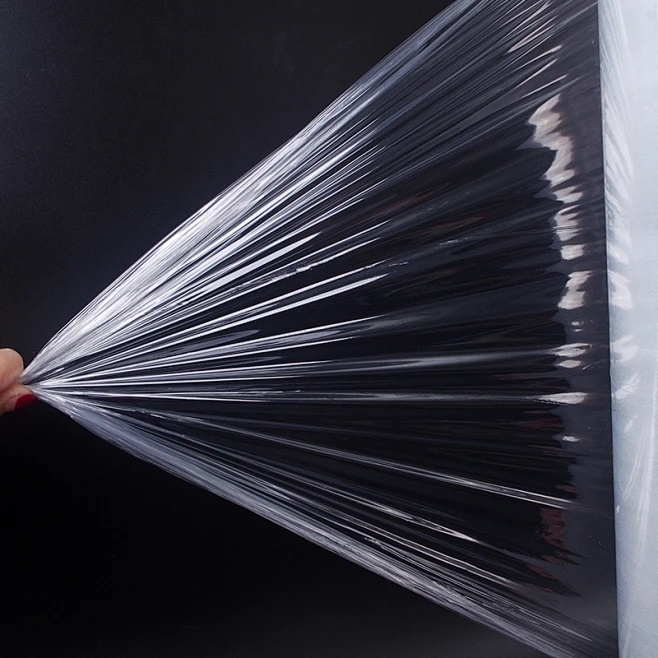
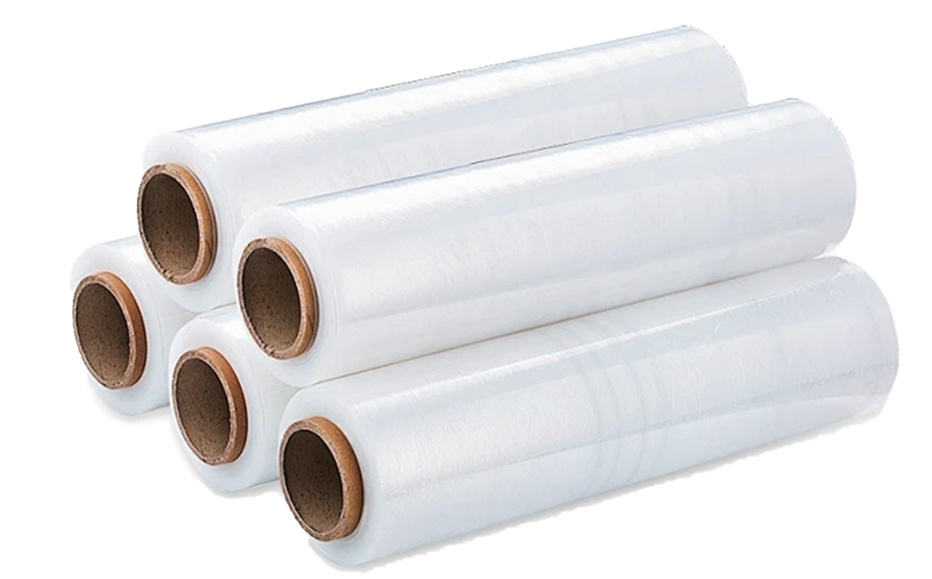
2. Initial Tackiness: The "grip" at the first contact
Initial tackiness refers to the adhesive ability of two films at the moment of initial contact. It determines whether the film can quickly "grab" and fix itself to the surface of an object, and is an important parameter affecting the wrapping speed and efficiency.
It is usually evaluated using the "touch test method" or specialized equipment (such as an initial tackiness tester).
3. Holding Adhesion: How long the adhesion lasts before detachment
Even if the initial tackiness of the film is good, if the adhesion rapidly decreases after a period of time (especially during transportation), it may cause the goods to shift. Holding adhesion refers to the ability to maintain adhesion under certain pressure and time, and is related to the final stability and reliability of the packaging.
II. Common Cause Analysis of "Too Weak" or "Too Strong" Adhesion

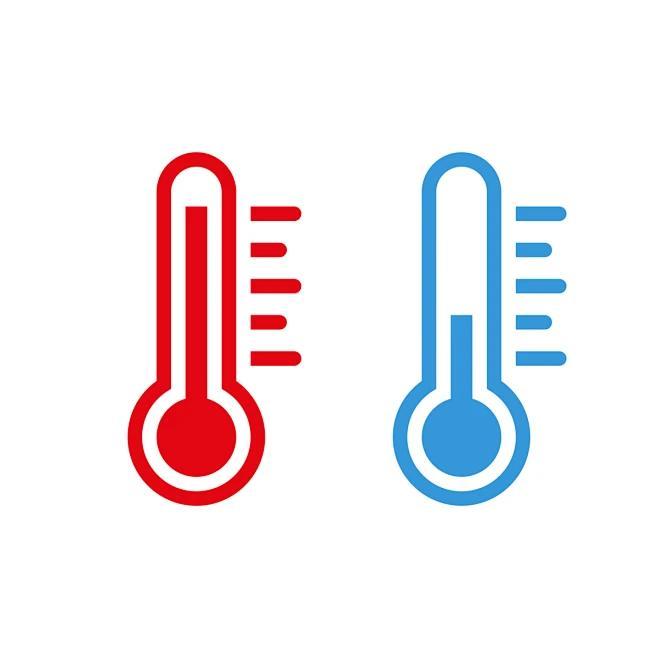
Main causes of insufficient adhesion
Cause | Explanation |
Low temperature environment | Temperatures that are too low (such as winter warehouses, cold chain transportation) will cause the molecular movement on the film surface to slow down, reducing adhesion. |
Improper film formulation | Lack of PIB or unreasonable self-adhesive layer design, the adhesion source is insufficient. |
Aging failure | Long-term storage or exposure to air causes oxidation of the film surface and loss of adhesion. |
Dust contamination | Dust, wood chips, and debris in the air adhere to the film surface, destroying adhesion. |
Excessive pre-stretching | Excessive stretch ratio during wrapping causes the film surface to be "thinned", resulting in adhesion failure. |
Main causes of excessive adhesion
Cause | Explanation |
High-temperature softening | High summer temperatures or direct sunlight cause the film surface to soften, increasing adhesion and making it difficult to unfold. |
Excessive addition of PIB in the formulation | When pursuing adhesion stability, excessive amounts may be added, affecting the user experience. |
Incorrect storage method | Rolls of film are tightly pressed together, and over time, the surfaces "stick" together, resulting in drawing and film breakage. |
Excessive film humidity | High air humidity causes the film to absorb moisture, increasing adhesion and even causing water droplets and softening. |
III. How to scientifically evaluate the adhesion of stretch film?
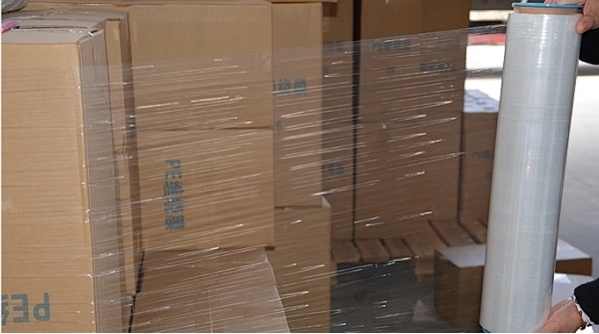
1. Hand feel method: Quick rough measurement
- Lightly touch two sections of the film surface and feel the strength of the adsorption;
- If it can be easily separated after sticking, it is moderate;
- If it does not stick at all, the adhesion is insufficient;
- If it cannot be separated or there is severe drawing, the adhesion is too strong.
2. Actual measurement method: Laboratory test parameters
- Initial tackiness test : Use standard flat glass to test the instantaneous peel strength of film adhesion;
- Holding adhesion test : Determine the long-term adhesion under temperature/pressure/time conditions;
- 180° peel strength : Simulates the force required to remove the film after wrapping in actual use.
IV. Strategies for dealing with different adhesion problems
1. Does not stick: Comprehensive check from film material to operation
Link | Suggestion |
Film material selection | Select films with sufficient PIB and a self-adhesive layer structure, such as our Chinafilm Group's "Winter Enhanced PE Stretch Film". |
Storage temperature | Avoid storing in environments below 5℃, especially in Northeast China and Tibet, where preheating is recommended before use. |
On-site Operation | Slightly increase the temperature of the film before stretching; a warm air heater can be used to preheat the film surface. |
Equipment Adjustment | Increase the winding tension or reduce the pre-stretch ratio to maintain the integrity of the film thickness. |
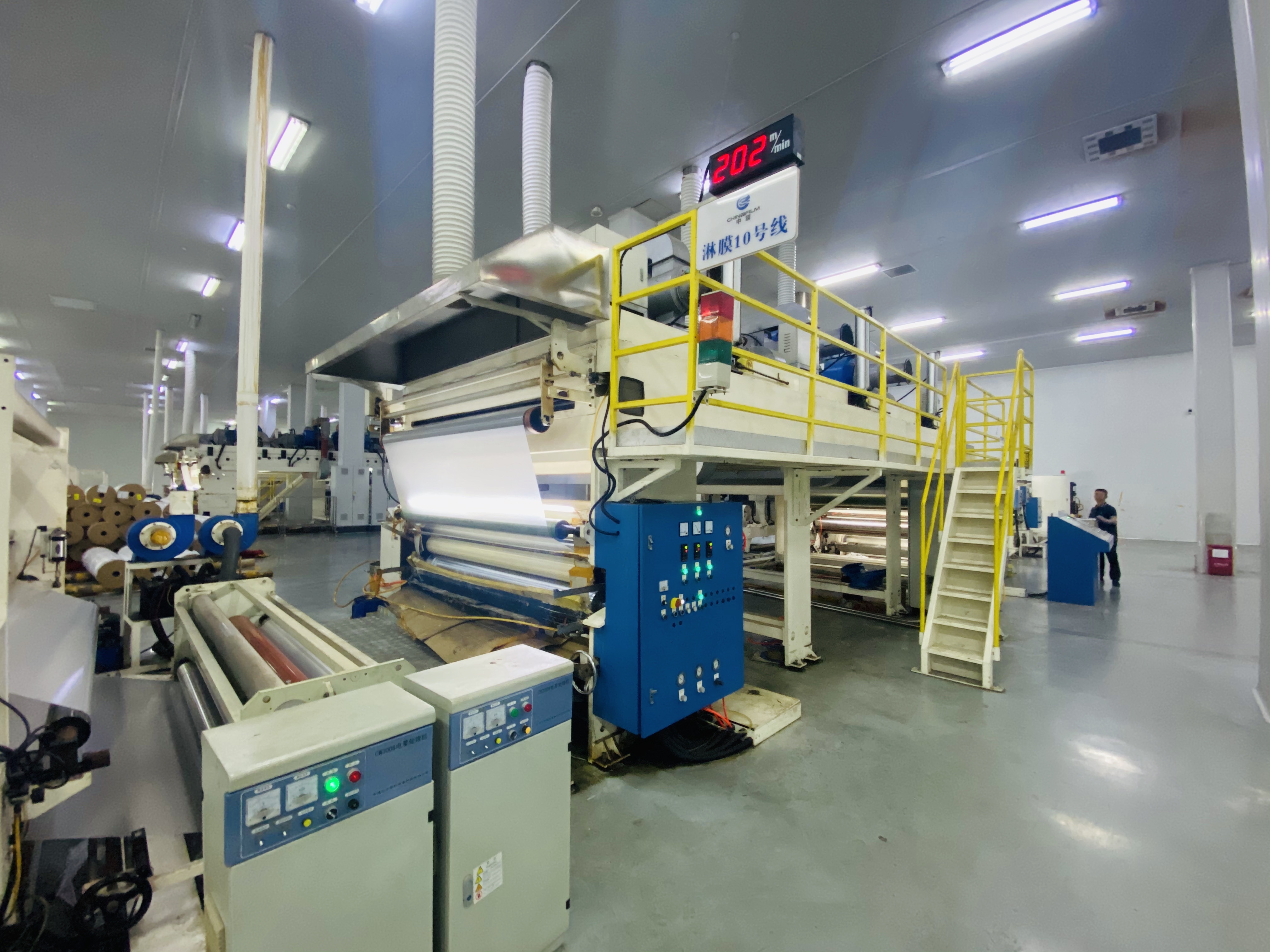
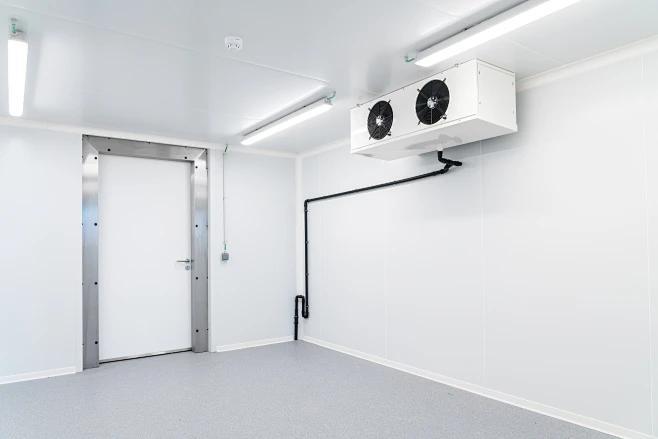
2. Too Sticky: Avoid a "glue-like" user experience
Link | Suggestion |
Lower the ambient temperature | Avoid direct sun exposure in summer; cold storage or ventilated storage can be used. |
Replace the Film | Consider Chinafilm Group's low-tack, eco-friendly PE stretch film to reduce stringing and sticking. |
Pre-apply Lubricant | Apply an appropriate amount of food-grade lubricant to the outer side of the film to improve unwinding performance (requires professional operation). |
Film Surface Treatment | Increase the stretching speed during mechanical stretching to suppress the "over-stickiness" caused by local overheating. |
V. Film Selection Recommendations for Different Application Scenarios
Application Scenario | Recommended Tack Parameters | Reason |
Room Temperature Storage (5~30℃) | Medium Initial Tack + Medium Holding Tack | Ensures stable wrapping and easy film removal. |
Cold Chain Transportation (-18℃ and below) | High Initial Tack + High Holding Tack | Prevents film rebound and detachment due to low temperatures. |
Tropical Region Warehouses | Low Initial Tack + Medium Holding Tack | Prevents over-stickiness and "oiliness", maintaining a clean packaging surface. |
Heavy Goods Vertical Stacking | High Holding Tack + High Tension | Prevents mid-layer displacement and enhances the integrated effect of the pallet. |
Automated Wrapping Machine | Low Initial Tack + Smooth Inner Surface | Prevents wrapping head film pulling failure or film jamming. |
VI. Case Analysis: Real User Feedback from Chinafilm Group Customers

Case 1: Insufficient Tack in Northern Cold Chain Enterprises Leads to Loose Packaging
Background A large fresh food distribution company located in Shenyang, where the winter storage temperature is often below 0℃. After using a certain brand of stretch film, film rebound and cargo tilting and sliding in the cargo hold frequently occurred.
Solution :
- It is recommended to use Chinafilm's "Low-Temperature Enhanced Stretch Film".
- Provide a heated air blower for on-site warming.
- Guide workers to increase the initial number of wraps and stretching tension.
Effect Damage rate decreased by 82%, customer satisfaction improved, and subsequent orders increased by 36 tons/month.
Case 2: "Over-Stickiness" Affecting Efficiency in Southern Express Transit Warehouses
Background In a Guangzhou express sorting center, due to high temperature and humidity, the stretch film had "serious stringing", "difficult for workers to unwind", and stuck to labels during unpacking.
Solution :
- Switch to Chinafilm's "Low-Tack, Moisture-Resistant Stretch Film".
- Guide the cargo area to add dehumidification equipment.
- Add a separating film paper to each roll of film to prevent sticking.
Effect Daily packaging efficiency increased by 22%, and labor costs decreased significantly.
VII. Chinafilm Group Stretch Film Product Recommendations
Product Name | Main Features | Applicable Environment |
Winter Enhanced Self-Adhesive Film | High PIB content, strong self-adhesiveness | Cold chain, low-temperature warehouses |
Low-Tack Eco-Friendly Film | Moderate tack, easy to remove | Supermarkets, express transit |
High Holding Power Film | Strong initial tack + high tensile strength | Heavy goods stacking, building materials |
Film for Automated Wrapping Machines | Low initial tack, low friction | Automated production lines |
VIII. Conclusion: Scientific Understanding of Tackiness is Key to Using Stretch Film Effectively
The tackiness of stretch film, while seemingly a detail, is actually a key factor determining packaging safety, transportation stability, and labor efficiency. We hope that through this article, you can systematically understand the true causes of "not sticking" or "too sticky", learn how to scientifically select films, and use them rationally.
Chinafilm Group will continue to provide customized stretch film solutions for customers in various industries. From formulation to process, from packaging suggestions to on-site guidance, we help you achieve efficient, safe, and economical packaging goals.
For sample testing and on-site guidance, please feel free to contact us:
Chinafilm Group - Making every wrap more secure and intelligent.
Stretch film,Viscosity
Latest News
2025-12-07
Today is Great Snow—The Middle Membrane is here with you, helping you ward off the chill of winter.
2025-12-05
The “Invisible Assistant” of 3D Printing: How Thin-Film Materials Are Rewriting the Rules of Printing?
This article unveils the “cross-border collaboration” between thin films and 3D printing: From platform protection to functional carriers—what secrets do thin films hold? And what technological breakthroughs will they drive?
2025-12-04
The “core equipment” for thin-film production: From particles to finished products, these devices determine the quality of the film.
In this article, we’ll take you on a tour of a thin-film production workshop and reveal the core equipment matrix—from raw materials to finished products. Let’s see how these “industrial powerhouses” transform ordinary plastic pellets into functional films tailored for various applications.
2025-11-28
The “Divine Easy-Tease Film” on milk tea cups: Simply peel it off—no sticking to your lips—and it’s packed with cutting-edge membrane technology.
This article dissects the “past and present” of bubble tea’s easy-peel film—from the frustrating issues with the old film to the cutting-edge technology behind the new one. What secrets does this film hold? And how should consumers and bubble tea shops make their choices?
2025-11-26
A Comprehensive Guide to Thin-Film Manufacturing: Unlocking the Performance Secrets of Membrane Materials—From Basic Formation to High-End Customization
Today, thin-film technology has entered a stage characterized by "material adaptation + process combination + performance customization." From shopping-bag films costing just a few cents to optical films priced at thousands of yuan, the manufacturing process directly determines the value. This article dissects mainstream processes, analyzes their advantages, application scenarios, and upgrade directions, providing practitioners with a framework for making informed choices.

